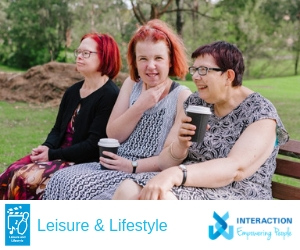What is a Sensory Room?
A sensory room is a purpose-built space designed to help individuals develop and regulate their reactions to external stimuli. They are a multi-sensory environment designed to provide essential therapy for people with disability and sensory needs.
Using a sensory room provides a safe space to engage with sensory objects in order for a person to learn what triggers and what calms them. Stimuli can include different items and activities such as lights, colours, sounds, aromas and soft toys.
Sensory Processing and Autism
Sensory rooms can be especially useful for people with autism spectrum disorder due to their likelihood of experiencing atypical sensory processing. This means it is common for a person with autism to experience challenges with sensory stimuli, including:
- exaggerated negative responses to stimuli;
- being unresponsive or unaware of stimuli that would typically trigger a response; and
- being preoccupied with certain sensory experiences.
Benefits of Using Sensory Rooms for Autism
By engaging with stimulating activities in a supervised environment, individuals with autism or other developmental challenges can experience a number of benefits including:
- Motor skills development through engaging with objects and toys that encourage movement and improve coordination and balance.
- Increased relaxation and behaviour through the use of calming and soothing objects such as aromatherapy diffusers and relaxing music.
- Improved social interactions through supervised play where individuals are encouraged to explore together and increase self-awareness of how their behaviour may affect others.
- Improved cognitive development by learning the causes and effects of their actions and the stimuli around them.
For more information on sensory rooms, including accessing our custom-built space, please contact Interaction Disability Services.
You may also like to read:









